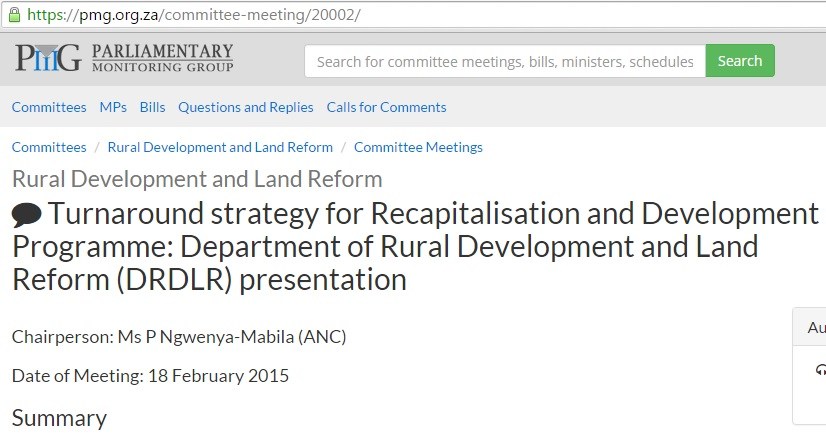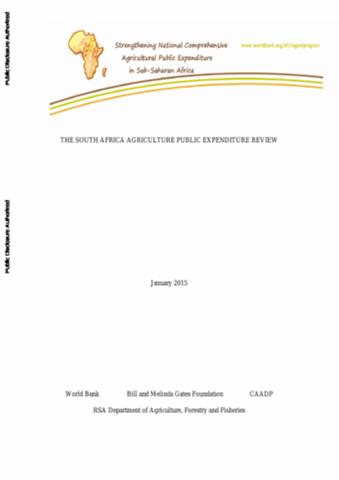Reducing child labour in agriculture through agricultural projects
According to the International Labour Organisation (ILO), a large share of child labour takes place in family-based agriculture. However, most agricultural projects do not address child labour, even though they have the potential to contribute to its prevention and reduction. Raising awareness about project impacts on child labour and the inclusion of child labour issues in the planning, monitoring and evaluation process of agricultural projects is one promising way to tackle child labour in agriculture, as emonstrated by a study in Cambodia.







